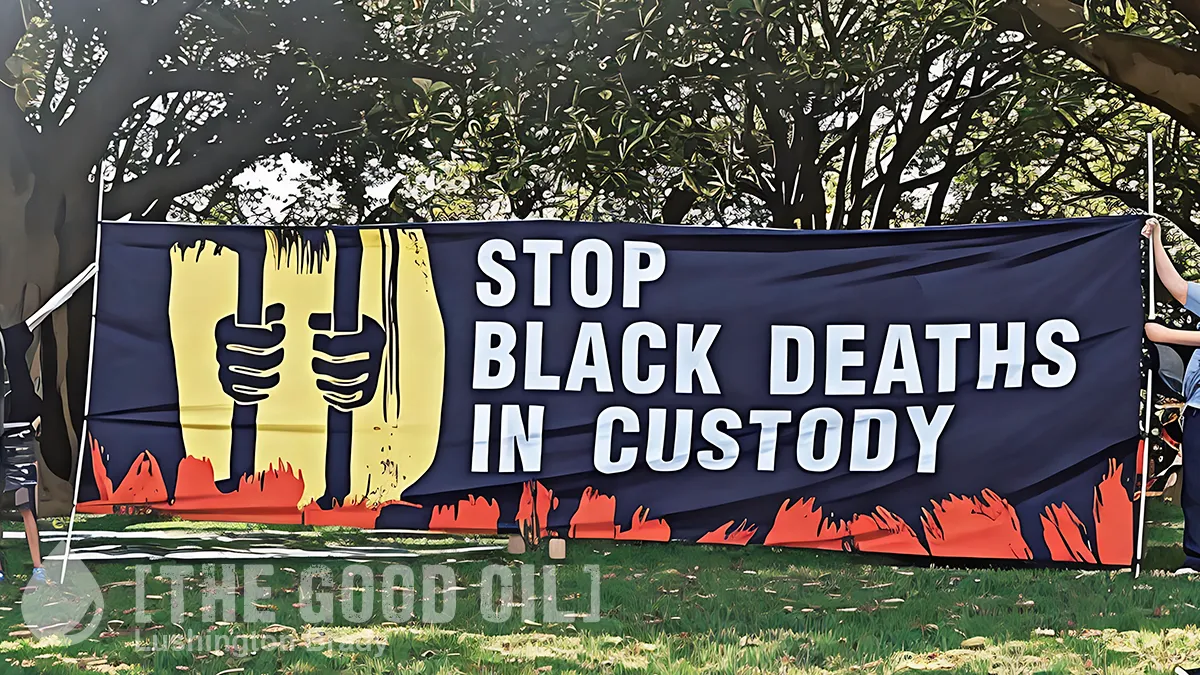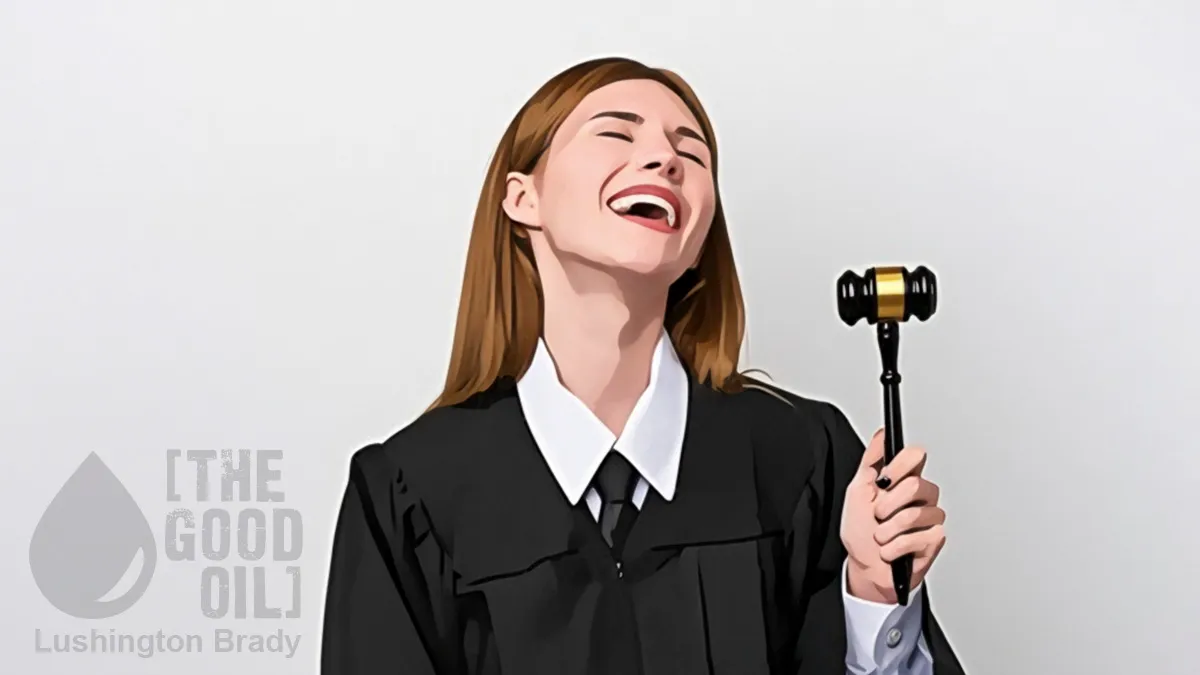Michael Cook
mercatornet.com
In the wake of Cardinal George Pell’s successful appeal to the High Court of Australia, and his release from jail after 404 days, several books purporting to be “investigative journalism” have appeared about this astonishing miscarriage of justice. All of them have been hostile towards Pell.

After reading The Persecution of George Pell, by Keith Windschuttle, it becomes obvious that the authors were mediocre investigators.
Windschuttle is an historian and editor of Quadrant, a conservative Australian literary, cultural and political magazine. Ever since Pell was charged in 2017, he welcomed well-researched articles on the case. With the help of this extensive commentary, he has dug far deeper than Louise Milligan, Melissa Davey or Lucie Morrie-Marr, whose quickie books treated Pell as a contemptible villain. The forensic arguments of Persecution amount to an indictment of their incompetence.
Take, for instance, the credibility of Pell’s accusers.
In 2002 Pell was accused of sexually abusing a 12-year-old named Phil Scott at a youth camp in 1961, when he was a seminarian. He stepped down as Archbishop of Sydney until an inquiry exonerated him. Journalists described Scott as a man with a troubled past. They omitted or understated his career as a stand-over man running a protection racket for the Painters and Dockers Union. When the Costigan Royal Commission investigated its manifold criminal activities in the 1980s, an entire chapter of its final report was devoted to Phil Scott. This was not mentioned in coverage of Pell’s travails, then or later.
Take “J”, the witness on whose word Pell was convicted. Hard-bitten investigative journalist Milligan describes him as having “big chocolate-drop eyes framed with curling lashes”. As Windschuttle points out, J was given the privilege of anonymity and gushing tributes to his integrity while Pell was exposed to vituperation for months.
However, it was not difficult to identify him. Without revealing his name, Windschuttle gives some background to his character – a failed musician in a rock band who had serious mental health issues. “An accuser with a heightened ability to give this kind of performance was just the sort of person the prosecution needed to get Pell,” says Windschuttle. Evidence like this was not admissible in the trial, but it is scandalous that investigative journalists should gloss over it.
Take “R”, the friend of J who was allegedly abused by Pell. He died of a heroin overdose in 2014, prompting him, J said, to lodge his complaint with the police about the alleged abuse in the Cathedral. Milligan insisted that the abuse caused R to spiral into addiction. It is more likely, Windschuttle says, that it was caused by the shame of knowing that his father “was a regular patron and performer at several bondage and discipline sex clubs in Melbourne”. None of this came out in the media.
The Victorian police come off particularly badly in Persecution. In 2012 its report about the suicides of 43 young men who had been sexually abused by Catholic priests was leaked. This sparked such outrage in the community that eventually the Royal Commission into Institutional Responses to Child Sexual Abuse was set up by then Prime Minister Julia Gillard.
However, the data was reviewed in a later confidential police report which found that there had only been one suicide and that more than 40 percent of the people on the list could not be identified. The police sat on this report for two and a half years and never publicly disowned the false finding of the original report.
The Deputy Commissioner of Victoria Police, Graham Ashton, told an inquiry that the Catholic Church’s Melbourne Response for dealing with sexual abuse had upheld 620 cases of criminal abuse and had not reported any of them to the police. This, naturally, created public consternation. But, according to Windschuttle, these were “bare declarations backed by no evidence of any kind”. The independent commissioner of the Melbourne Response described Ashton’s testimony as “blatant untruths”. Later on, Ashton was promoted to Police Commissioner.
And the politicians? In Windschuttle’s narrative they did what politicians do: they played to the gallery.
Gillard established the Royal Commission which did so much to impugn Pell’s reputation. “She wanted a public exercise that would define her as a committed crusader for social justice,” says Windschuttle. “In short, Gillard was exploiting the pain and suffering of the victims for her own self-interest.”
Victorian Premier Daniel Andrews, an ardent supporter of all socially progressive causes, “ensured people with left-wing sympathies were placed in positions of influence in the police and justice systems, making suspect the traditional concept of the ‘separation of powers’ between the government and the administration of justice.” He made no secret of his feelings about Pell.
“As far as Victoria’s political and legal establishment was concerned,” Windschuttle writes, “Pell’s real crime was that he stood against the now dominant creed of the era and the determination of progressive, secular politicians, lawyers and bureaucrats to reshape society in their own image.”
One of Windschuttle’s main targets is the doctrine that complainants must always be believed. “If taken seriously, its logical consequence would be the end of the rule of law,” he writes, and “it would become unnecessary to bother having trials at all.” The statistics from the Royal Commission bear this out. The number of people who made contact with the Royal Commission was 16,953; the number of people who gave evidence about abuse was 9,325. But of those, only 2,562 were referred to police. In other words, for 70 percent of the complaints there was not enough evidence. Not even the Royal Commission believed all of them.
Pell was tried twice. The first ended on September 20, 2018 with a hung jury which had apparently split in Pell’s favour 10-2. The second delivered a unanimous guilty verdict on December 11. What explains the difference? Windschuttle attributes it to the climate of public opinion.
In the United States, the #MeToo movement began a year before, in October 2017, when Hollywood mogul Harvey Weinstein was accused of abuse by more than 80 women. Intense publicity was given to this lurid case throughout the time Pell was before the court. Hearings before the US Senate Judiciary Committee about Supreme Court nominee Brett Kavanaugh’s alleged abuse of a girl when he was a teenager began shortly before the second trial commenced.
And in between the two trials, on October 22, Prime Minister Scott Morrison made a passionate public apology to all victims of child sexual abuse. It was impossible to avoid being affected by the headlines. “Sexual politics had arrived at a high point in public attention. Few could be oblivious to it, and men of ‘white privilege and power’ were its prey.”
In Windschuttle’s version of events, the persecution of the Cardinal by the police, journalists and social media was truly a witch hunt. Pell is a hero, a man’s man, a campaigner against corruption in the Catholic Church, a bold warrior for traditional Western values. “His prize for reforming the system was a decade of accusations, interrogations, arrest, trial, and ultimately, a prison sentence: the traditional rewards of a Christian martyr.”
Last month Lucie Morris-Marr won a Walkley Award, the highest honour in the Australian media, for a book explaining why Pell was guilty. But in April he had been found not guilty in a 7-0 decision by the High Court of Australia. It was like awarding a Nobel Prize for curing Covid to a quack touting bleach seven months after vaccines have ended the pandemic. This bizarre choice exposed the naked bias of the judges.
If you are looking for investigative journalism explaining why the Cardinal was not guilty, The Persecution of George Pell is a must-read.
Please share this article so that others can discover The BFD.









